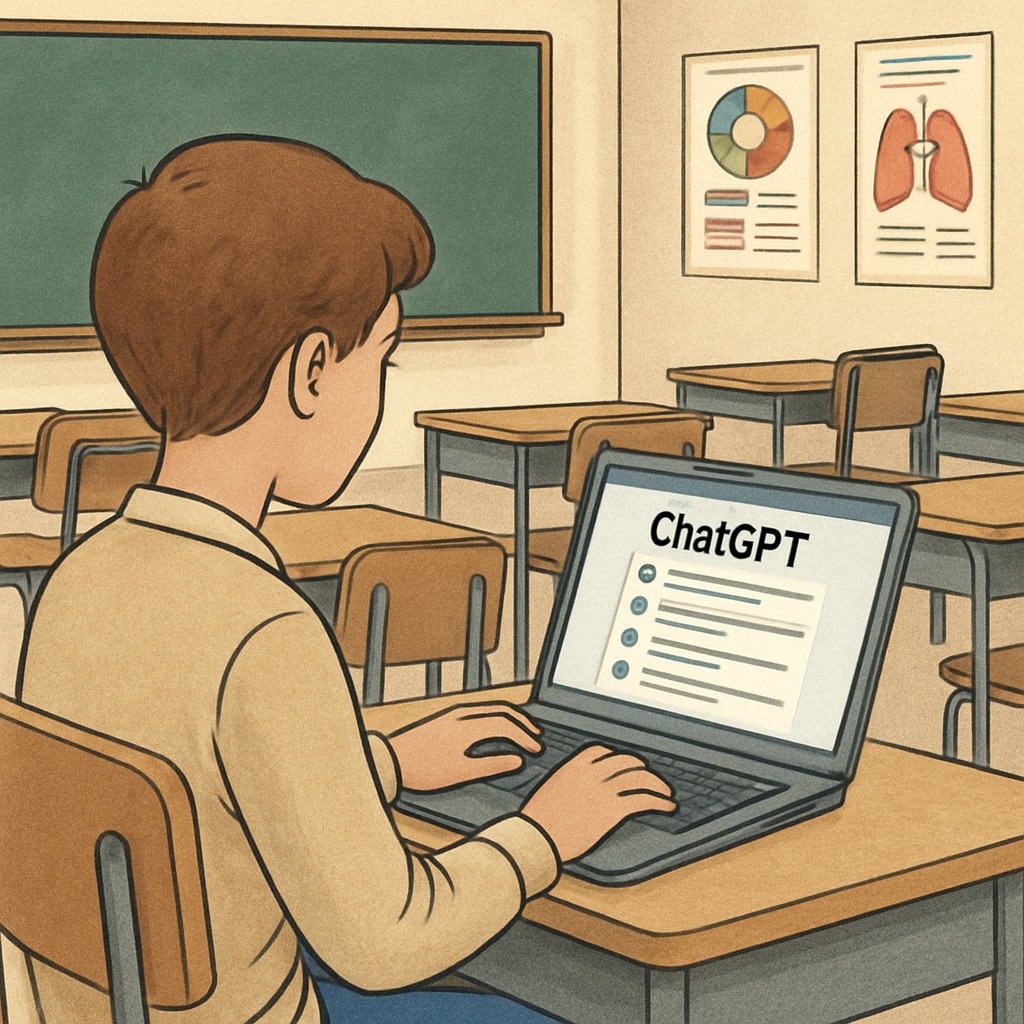The integration of AI tools like ChatGPT into K-12 education has sparked complex discussions about academic integrity, detection methods, and education costs. While these technologies offer significant opportunities for fostering innovation, they also challenge educators to maintain authentic learning experiences. Striking the right balance is essential to ensure that students leverage AI tools responsibly and ethically.
Understanding the Ethical Challenges of AI in Education
AI tools have revolutionized how students access information and complete assignments. These technologies can assist in generating essays, solving mathematical problems, and even coding. However, their misuse—such as using AI to complete homework without understanding the content—can undermine the core purpose of education.
The ethical concerns surrounding AI in education include:
- Plagiarism: Students may use AI-generated content without proper attribution.
- Lack of Skill Development: Over-reliance on AI can hinder critical thinking and problem-solving skills.
- Equity Issues: Not all students have equal access to advanced AI tools, creating disparities in learning outcomes.

Addressing these challenges requires a multifaceted approach that combines ethical guidelines, clear communication, and practical tools to monitor usage.
Strategies to Maintain Academic Integrity
Educators play a critical role in shaping how AI tools are integrated into the learning process. Here are some actionable strategies to maintain academic integrity:
- Establish Clear Policies: Clearly define what constitutes acceptable and unacceptable use of AI tools in assignments.
- Focus on Skill-Based Assessments: Use project-based learning, open-ended questions, and oral presentations to gauge students’ understanding.
- Leverage AI Detection Tools: Utilize AI-detection software, but balance its use with cost-effectiveness and accuracy.
- Promote Digital Literacy: Teach students about responsible AI usage and the importance of academic honesty.
For example, tools like Turnitin and Grammarly offer detection features to identify unoriginal content, helping educators ensure that students’ work remains authentic.

Balancing Detection Costs and Accessibility
AI detection tools, while valuable, can be expensive and resource-intensive. Schools need practical strategies to manage these costs without compromising the quality of education:
- Invest in Training: Train educators to recognize AI-generated content through critical analysis rather than relying solely on detection software.
- Adopt Open-Source Solutions: Use free or low-cost alternatives to commercial AI-detection platforms.
- Share Resources: Form regional or district-wide collaborations to pool resources for purchasing detection tools.
By implementing these cost-effective measures, schools can ensure that both educators and students benefit from ethical AI integration without financial strain.
Looking Ahead: Fostering Authentic Learning
To thrive in the AI era, students must learn to use these tools as aids rather than shortcuts. Educators should emphasize the following principles:
- Encourage Critical Thinking: Design assignments that require students to analyze, evaluate, and synthesize information.
- Promote Collaboration: Group projects and peer reviews can reduce the temptation to misuse AI tools.
- Incorporate AI into Curricula: Teach students how to use AI responsibly, highlighting its potential and limitations.
As a result, students can develop the skills and ethics needed to navigate a technology-driven world while maintaining academic integrity.
In conclusion, the rise of AI tools in education presents both opportunities and challenges. By addressing ethical concerns, implementing cost-effective detection methods, and fostering authentic learning experiences, educators can ensure that innovation and integrity coexist harmoniously in the classroom.


